Why This £800k+ Ferrari 250 SWB Is Actually A Bargain
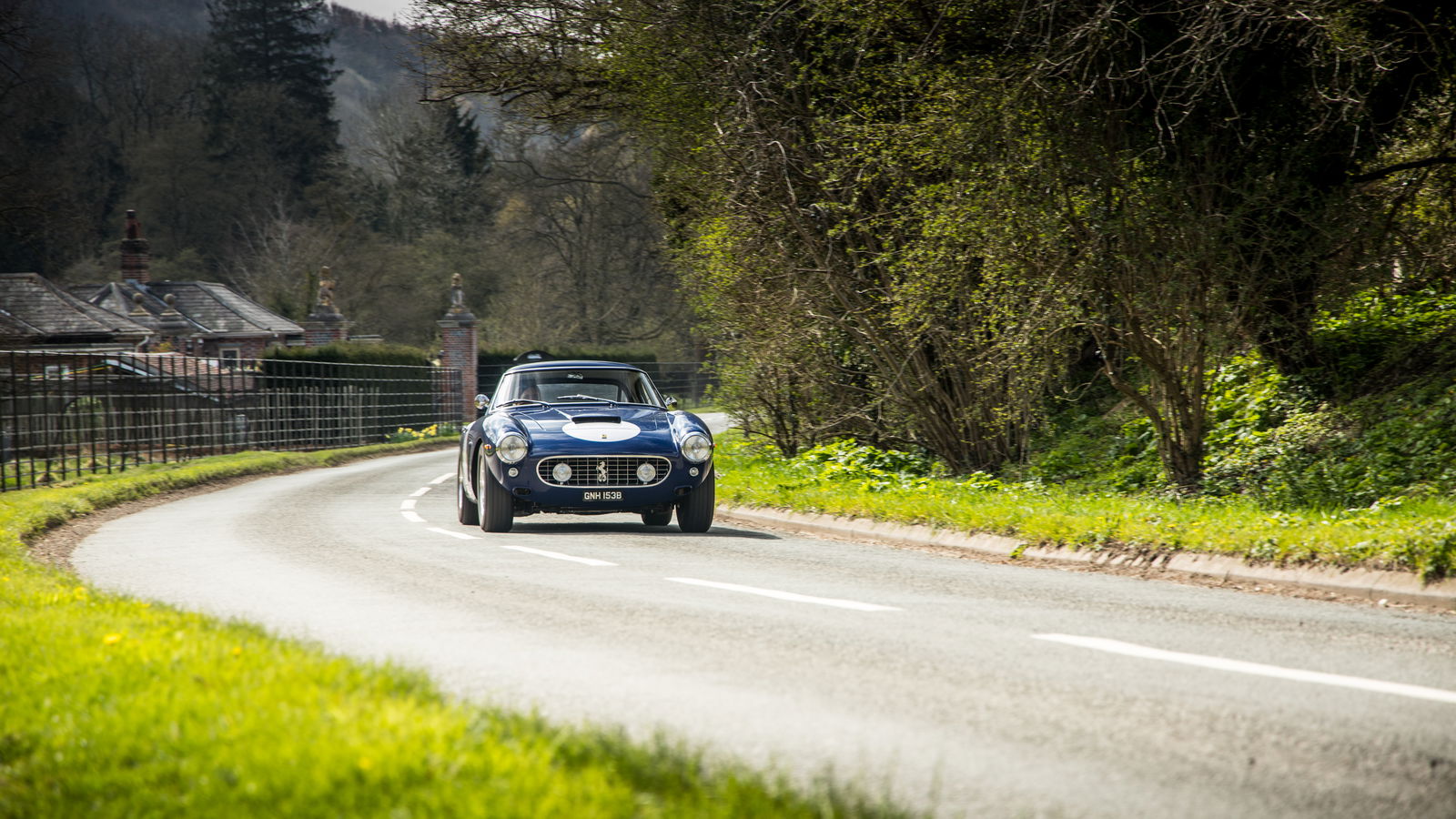
Pros
Cons
As the revs climb beyond 6000rpm, the howl of the Colombo V12 up front consumes the compact cabin, accompanied by an angry transmission whine. Nearing the upper reaches of the 4.0-litre engine, I shift into third. For the briefest of moments, I’m no longer an extremely average driver on a Berkshire B-road in 2021 - it’s the 1960s and I’m battling for victory in some sort of hellishly dangerous road race. The Targa Florio, perhaps.
Moments later, a 30mph zone and a traffic-clogged village brings me right back to reality, and back to what I was pondering before - how hard it is to pigeonhole this car. It looks just like a Ferrari 250 SWB (short wheelbase), but it isn’t. Built by a company called GTO Engineering, each one of these uses a more common version of the 250 (sometimes a 330) as a starting point.

Only 10 per cent of that donor car is retained, built back up using a blend of refurbished original Ferrari parts and faithfully reproduced components. As part of the latter, the SWB ‘Revival’ gets a new aluminium body based on the original drawings to replace the stock steel 250 panels.
As for the bits and pieces that go into that body, the world’s your oyster. 3.0, 3.5 and 4.0-litre V12s, each of which takes 300 hours to rebuild, are available along with four and five-speed gearboxes. Although the suspension components are period correct, GTO can tailor the setup to make it edgier for track use or calmer for those wanting a grand tourer. As far as more modern touches go, it’s possible to spec more powerful lighting, and even a USB charging port under the dashboard.
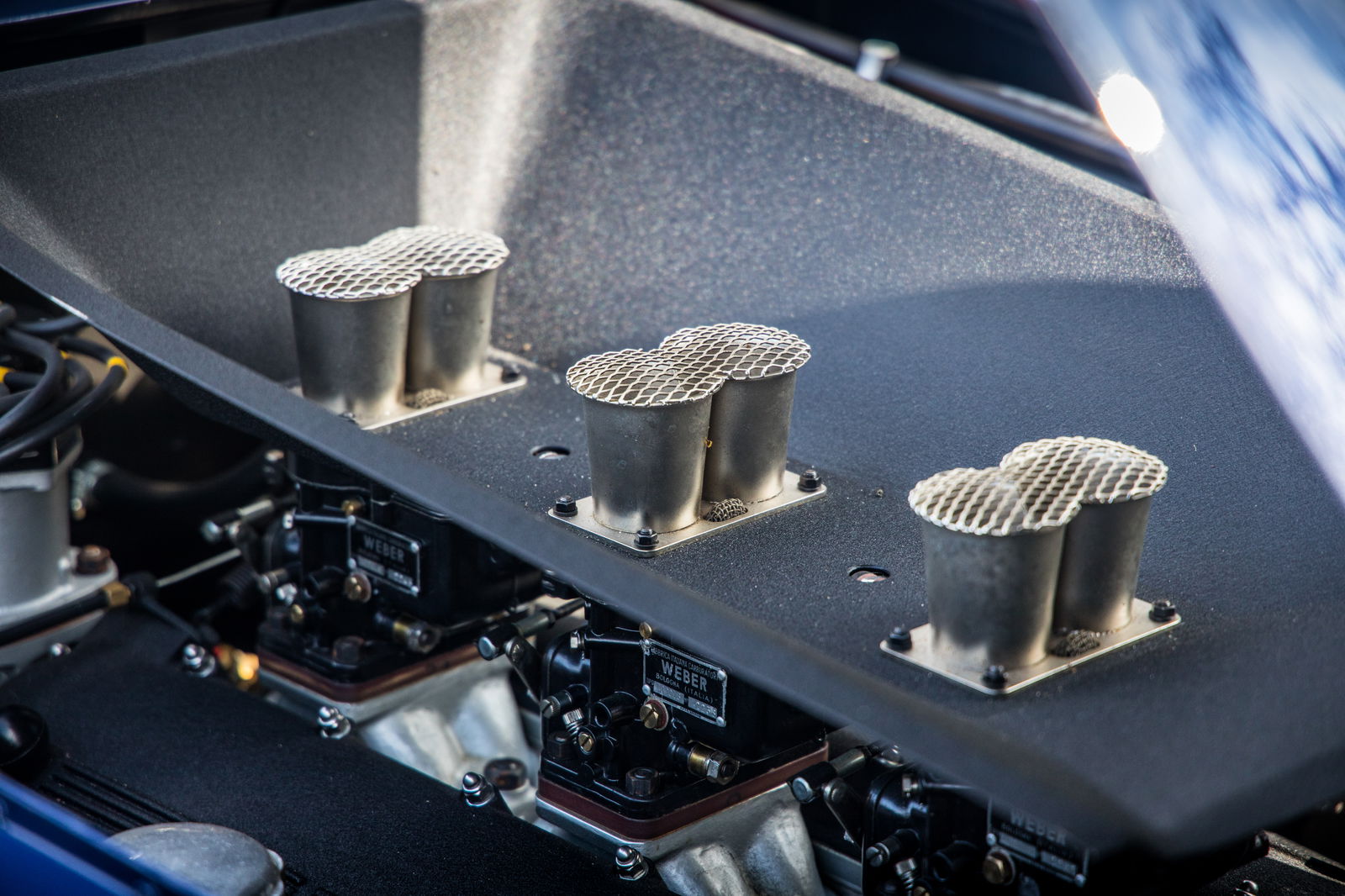
Bearing all that in mind, you can see why it’s so difficult to describe. The word replica doesn’t seem quite right, and not just because it’s more closely associated with Toyota MR2-based abominations - half the point of the Revival is you can spec it in a way the original couldn’t be. It’s not really a ‘restomod‘ either, since there hasn’t been a great effort to modernise what’s under the skin.
I’m not sure labels matter, though. The important thing is it’s effectively better than the original. Unburdened by the history and rarity (Ferrari only made 176), you can have one for a whole lot less and actually use it without being petrified of something happening to your ~£10 million investment.
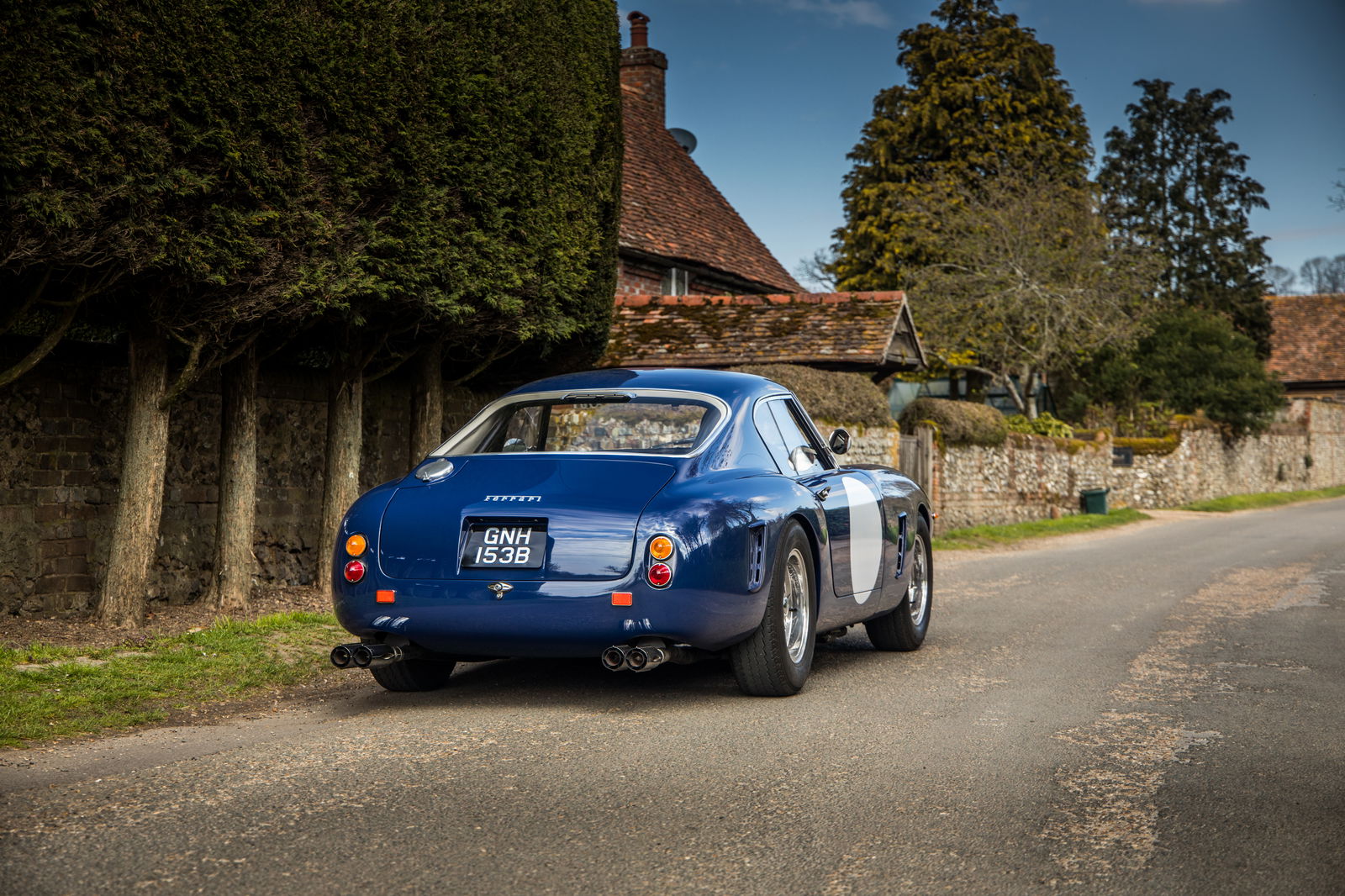
It’s still not cheap, though. One of these will generally set you back upwards of £800,000, which weighs heavily on my mind as I first slide behind the wheel and go through the awkward process of belting up with the four-point harness. Thankfully the driving position is about right for me - the seats are fixed in a place of the buyer’s choosing. Once you’re ready, turning the ignition key clockwise then pushing in sees the V12 awaken and idle away angrily.
The pedal box feels reassuringly hefty, and once the clutch is down, first gear is engaged following three distinctive mechanical ‘thunks’ felt through the polished metal gear knob. It only takes a few metres of movement to feel that classic shimmy you only get with an old-school body-on-frame constructed car.
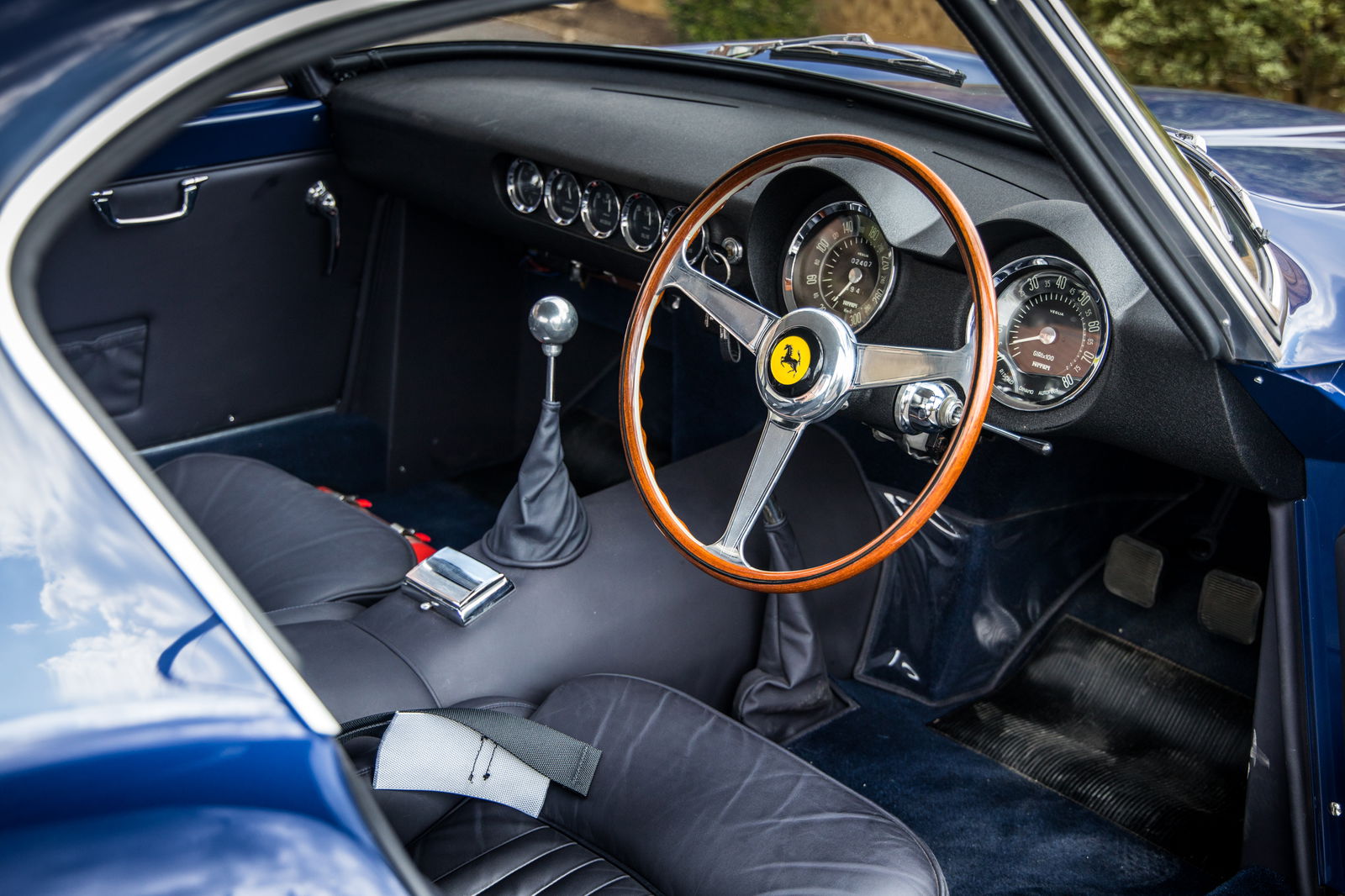
The rear-view mirror quickly reveals itself to be useless, since the view out of the rear windscreen seems to be of the road surface mere metres back from the car. Otherwise, though, it’s perfectly happy punting around town, so long as you’re happy receiving a great deal of attention. It’s the right kind, at least - there are no concerns about that comprehensively rebuilt V12 overheating and causing a scene.
Heading into the country, a national speed limit sign offers a chance to open the taps. It feels nicely brisk rather than bonkers fast, and that’s just fine, as the soundtrack is immense. Easily the best engine noise I’ve ever experienced, and probably the greatest in the history of motoring. It simply can’t get any better than a Ferrari V12 from the 60s.
It takes a little while, but finally, I feel happy to stop treating the 4.0-litre lump like it’s a fragile old thing that’s going to expensively explode into a thousand pieces. Because, of course, it isn’t. I let the Colombo wail all the way past 7000rpm, carefully engaging the next cog and getting back on the throttle. Moments later I slow right back down again, shift it into first, and go again.
Why first? Because this has the four-speed ‘box, and damn, those gears are long. It nears 60mph at the top of first, and in second… I’d prefer not to say. Best spec that five-speed, as you’ll want to enjoy the top end of the V12 as often as possible.

The engine inevitably dominates the experience, but there’s still plenty to enjoy about the rest of the package. The brakes need a firm stab to do anything, but there’s a decent amount of power there - the stoppers aren’t terrifyingly limp as you find on a lot of older cars. The ride is about as smooth as you can expect for something that doesn’t use a monocoque, the body roll isn’t excessive, and there’s even a decent amount of grip and traction.
There’s a bit of a dead spot in the middle of the steering, although it’s quicker than most stuff of the time thanks to an optional 17:1 steering rack. You might want to pair that up with a small steering wheel, though, the standard wooden part is, while quite lovely, absolutely huge.
Then again, that’s all part of the experience. The Revival is supposed to still feel like an old car, which it certainly does. It’s been subtly tweaked to be less of a hassle to use day to day.

Nearing the end of the journey, a trio of supercars - two Ferrari 488s sandwiching a McLaren 720S - passes in the opposite direction. Each is far faster and more capable than the car I’m in now, but do you know what? I don’t feel envious in the least.
Pulling up to GTO Engineering’s driveway, I have something of an epiphany. If this was the last time I’d ever be able to drive a car, I think I’d walk away happy. The noise it makes, the way it’s finished, the thing’s gorgeous reflection in shop windows, the sense of occasion - there’s no better car I can think of as a motoring finale. Since it’s not, I’m wondering how I can find an excuse to have another go.
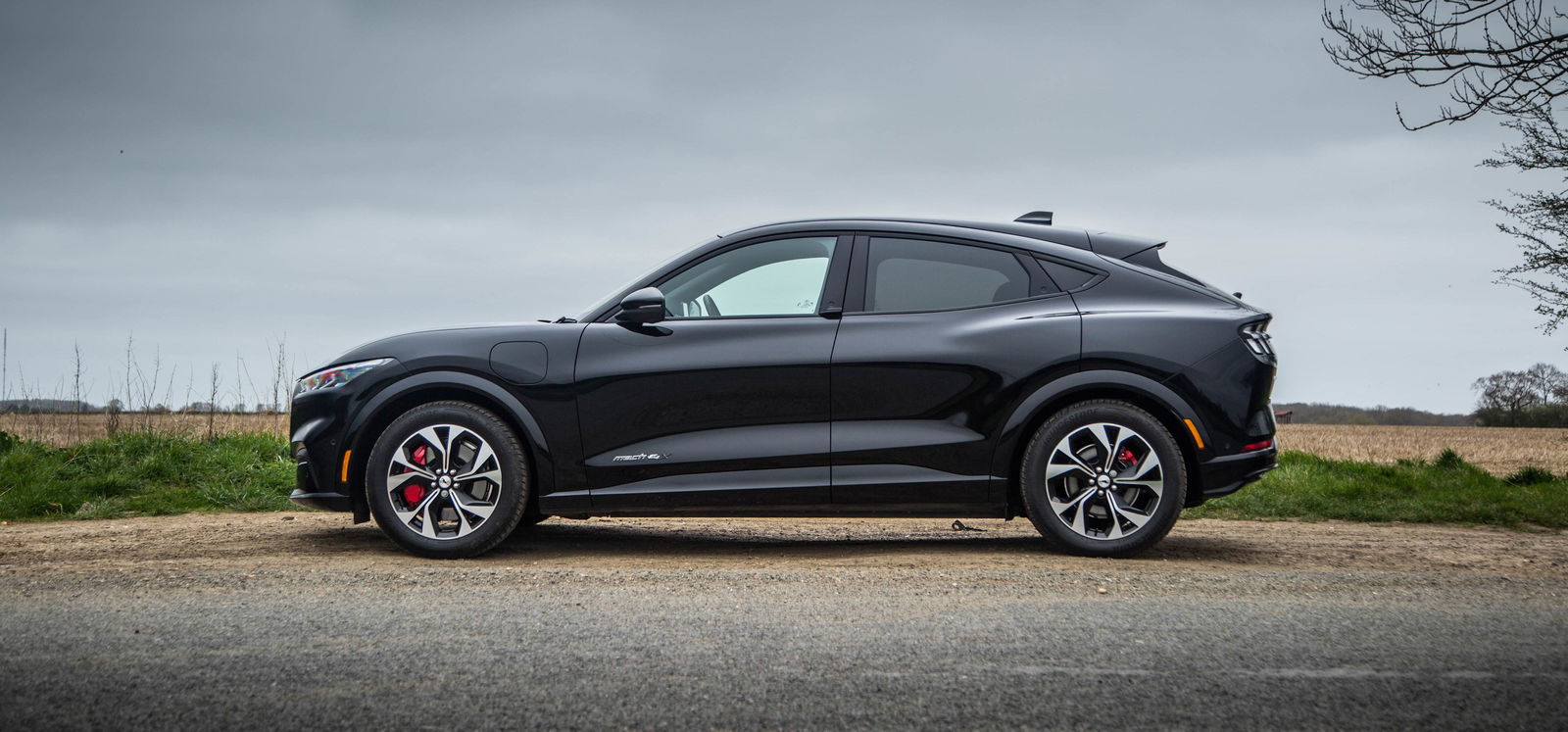
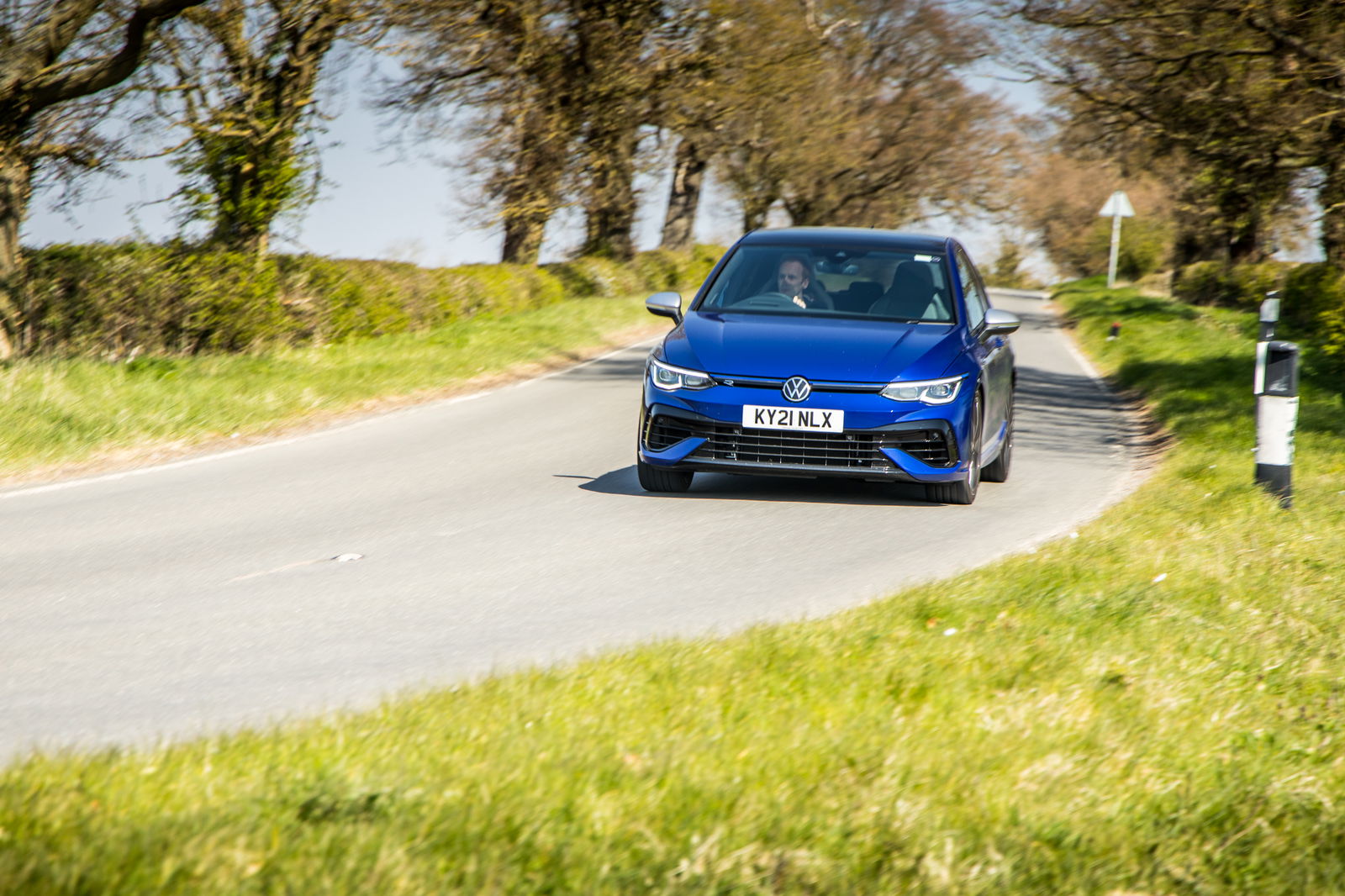

Comments
and to think you’ve been paid to do this, how can it get any better